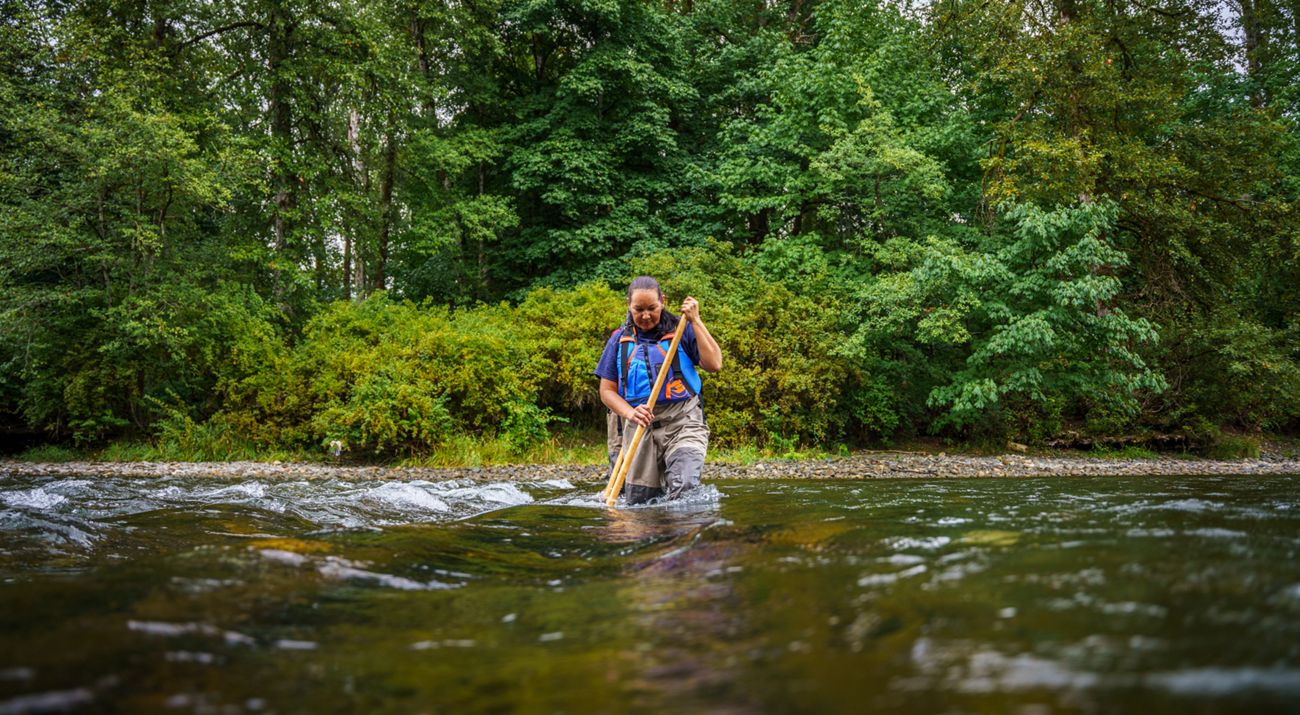
From Vision to Impact: How Conservation Finance Can Accelerate Ambitious Environmental Outcomes
By blending philanthropy with innovative financial tools, organizations such as Nature United are driving lasting change for people and the planet.
Driving systemic change requires four key ingredients: strategy, determination, grit and financing. As anyone from the public or private sector who has undertaken a transformational project knows, the first three traits are never in short supply. However, mobilizing the financial tools to support that change demands creative and adaptive financial mechanisms that go beyond traditional funding models.
For mission-driven organizations, philanthropy provides major fuel for investing in solutions. Yet some problems are so large in scope, there are times when philanthropy alone simply isn’t enough. To ensure organizations can confidently take on ambitious projects, many are exploring a process known as conservation finance, an approach that leverages market-based mechanisms and incentives to achieve lasting conservation outcomes.
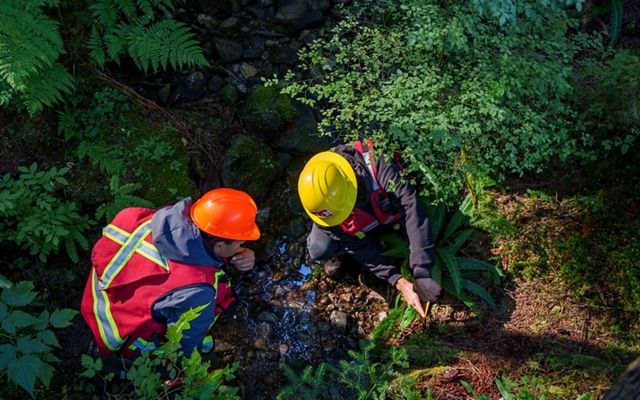
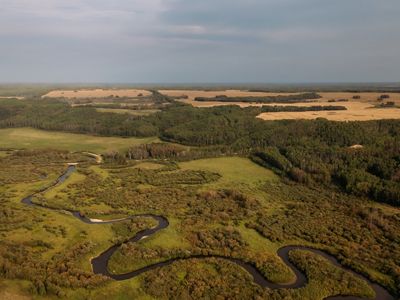
“The idea is to find ways to align economic value with environmental, conservation and climate incentives to advance collective outcomes,” says Daniel Fuentes Rodriguez, Conservation Finance Strategy Advisor at Nature United.
“Philanthropic funding and public sector contributions are both essential pillars of conservation finance — but to truly meet the scale of today’s environmental challenges, we need to go further. That’s why we’re focused on unlocking innovative financial solutions and creating compelling opportunities that attract investments aligned with our conservation goals and outcomes.”
What is conservation finance?
Larger conservation projects are complex, but they are often led by individual organizations that have a finite level of capacity and resources available to address these challenges. This can increase risk, and it can limit the impact of a conservation project. Even when organizations have the support to do the initial conservation work, they might not have funding for the long-term management that needs to happen or have the resources to address any new challenges that might arise.
Conservation finance goes beyond simply meeting funding needs — it focuses on developing innovative financial strategies that support long-term conservation outcomes. One of the main barriers to attracting finance is the perception of the higher risks and low returns.
Quote: Daniel Fuentes Rodriguez

Conservation finance is a creative way to encourage collaboration to help scale projects to deliver meaningful environmental protection and create economic opportunities.
Private investors bring different expectations to the table. Not only do they demand transparency and the efficient use of funds — which is a priority for all non-profit organizations — private sector capital also wants to ensure projects are scalable and replicable before committing to an investment.
“Conservation finance aims to co-create new solutions by advancing new opportunities to attract collaboration with new types of partners and stakeholders,” says Fuentes Rodriguez. It is a creative way to encourage collaboration that helps scale projects to deliver meaningful environmental protection and create economic opportunities.
Nature United's approach
Nature United is exploring new ways for conservation finance to enhance environmental protection and improve resource management practices, which are vital to agriculture and forestry sectors, as well as communities. Our approach to conservation finance draws inspiration from project financing structures commonly used in the infrastructure and energy sectors. It’s a strategy that pools resources from a wider number of stakeholders to encourage collaboration and accelerate, scale and advance conservation outcomes.
“Conservation finance is not an end in itself, it’s a strategic tool to support broader conservation goals,” says Fuentes Rodriguez. Whatever financial approach Nature United uses must serve the conservation goals, not drive them, he explains. Doing it any other way would just replicate some of the challenges communities already face. “Finance, in this way, turbocharges what we’re doing in conservation.”
Our Principles for Corporate Engagement
Read MoreOne approach that demonstrates this is the Project Finance for Permanence mechanism — or PFP for short. “The PFP approach brings together large and sophisticated collaborators, for example, First Nations, public sector and philanthropic partner, to contribute funds, share risks and co-create community benefits,” says Fuentes Rodriguez. What’s important about this structure is that they mutually reinforce each other in an integrated way to generate large-scale conservation outcomes.
Managing risks through agreements and governance mechanisms helps lower the overall risk to any one organization, he adds.
Conservation finance in practice
There are several examples of sustainable development work leveraging conservation finance in Canada. A recent one involves First Nations in the Great Bear Rainforest, which uses this financial model to safeguard the well-being of people while respecting cultural values and protecting vital ecosystems across the marine region known as the Great Bear Sea/Northern Shelf Bioregion.
Under the plan — as outlined in the Great Bear Sea Project Finance for Permanence (PFP) — Coast Funds, the adminstrator of the PFP, is pooling resources from private donors alongside funds from British Columbia and the federal government. Over the next 20 years, the Great Bear Sea PFP will help generate revenues upwards of $742 million, a sum that factors in investment returns, income from various revenue streams and additional private sector contributions.
Great Bear Sea PFP

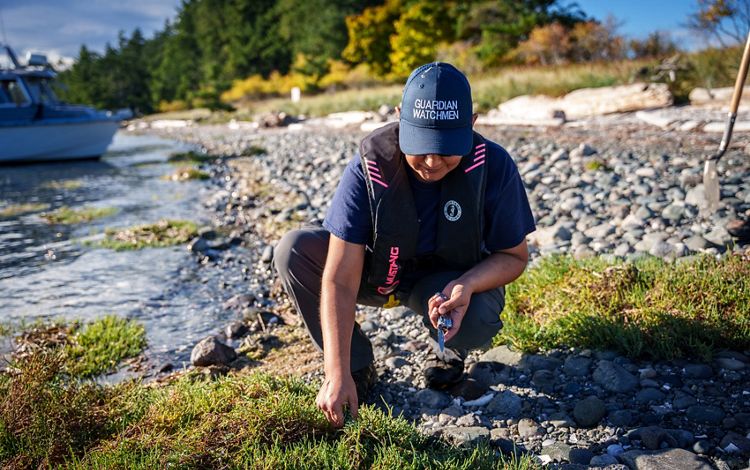

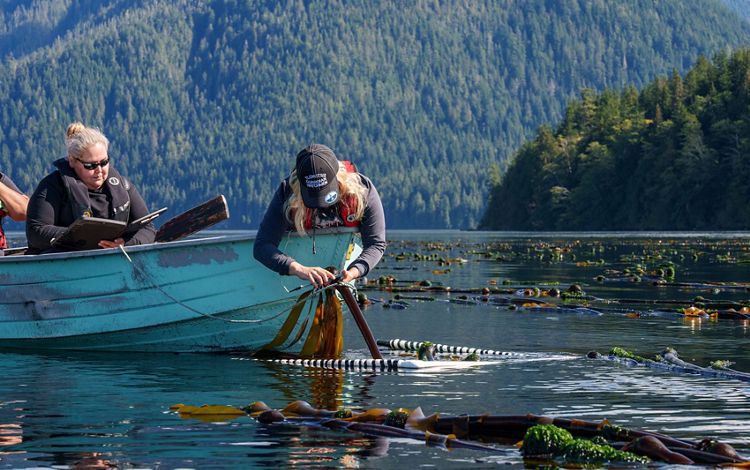
Canada has committed approximately $800 million to PFPs, says Fuentes Rodriguez. “We’re seeing interest in creating marketplaces here for conservation. That’s super exciting,” he explains. “Now the question is, how can we economically activate these existing PFP ecosystems to attract private funding?”
Conservation finance is enabling greater impact — protecting temperate rainforests in B.C., preserving boreal forests in Manitoba, advancing Indigenous-led conservation and scaling Natural Climate Solutions.
Quote

We’re linking conservation and environmental strategies to sustain thriving communities and improve resource management to support farmers and the forestry industry, while building strong partnerships with communities, Indigenous leaders and youth.
Amplifying our impact
Nature United’s overarching aim is to advance scalable conservation outcomes and sustainable resource management that creates durable, community-based benefits. Traditional funding has played a critical role — and it will continue to do so — but there needs to be ways to fill the financing gap and multiply the impact of private funding.
Not only will this amplify the impact of existing donations, but it enables us to engage private investors and improve the way we collaborate with First Nations, business actors, government and philanthropic organizations. This approach acknowledges that the private sector benefits from nature and highlights their responsibility in maintaining its health and supporting the communities in which they operate.
“We’re linking conservation and environmental strategies to sustain thriving communities and improve resource management to support agricultural producers and the forestry industry, while building strong partnerships with communities, Indigenous leaders and youth,” says Fuentes Rodriguez. “This is a unique opportunity for Nature United to explore how new and existing financial structures, along with world-class technical assistance, can generate direct conservation outcomes.”
Join Us
You can get the latest news about our work across Canada when you sign up for our free e-newsletter.



